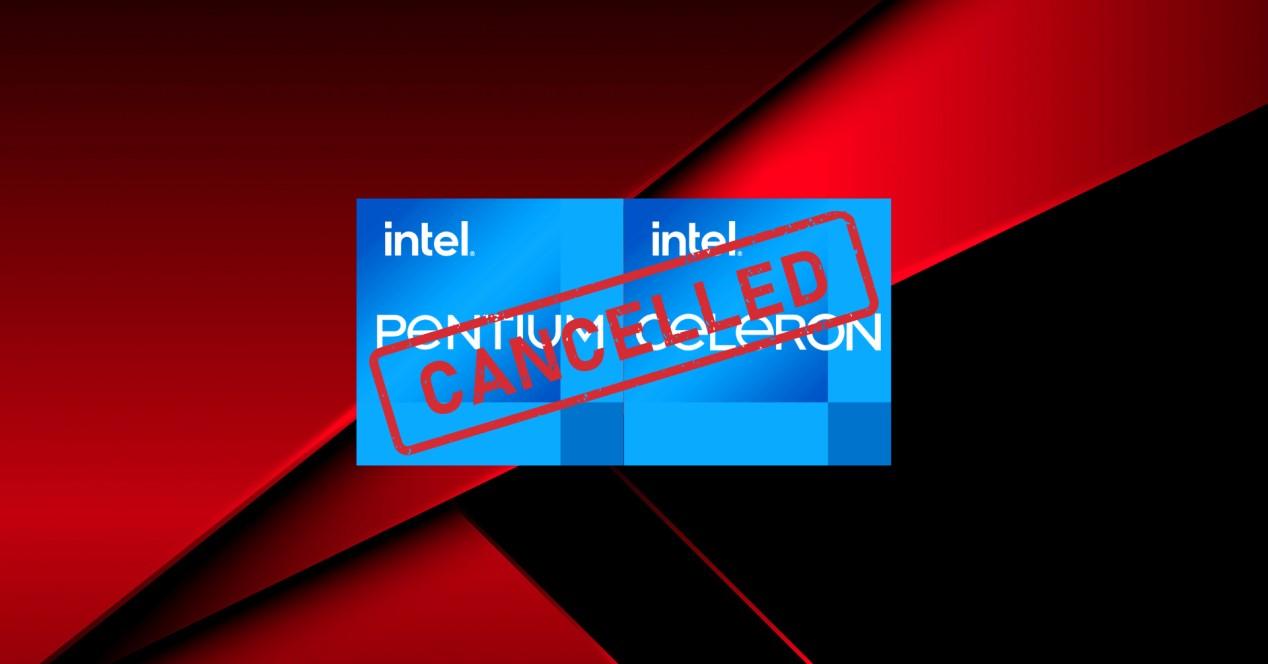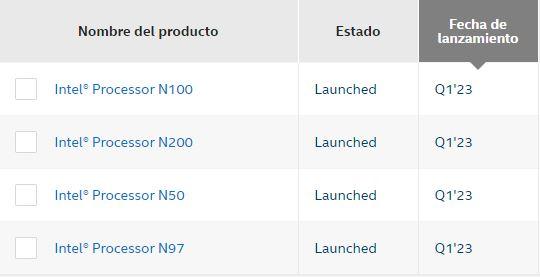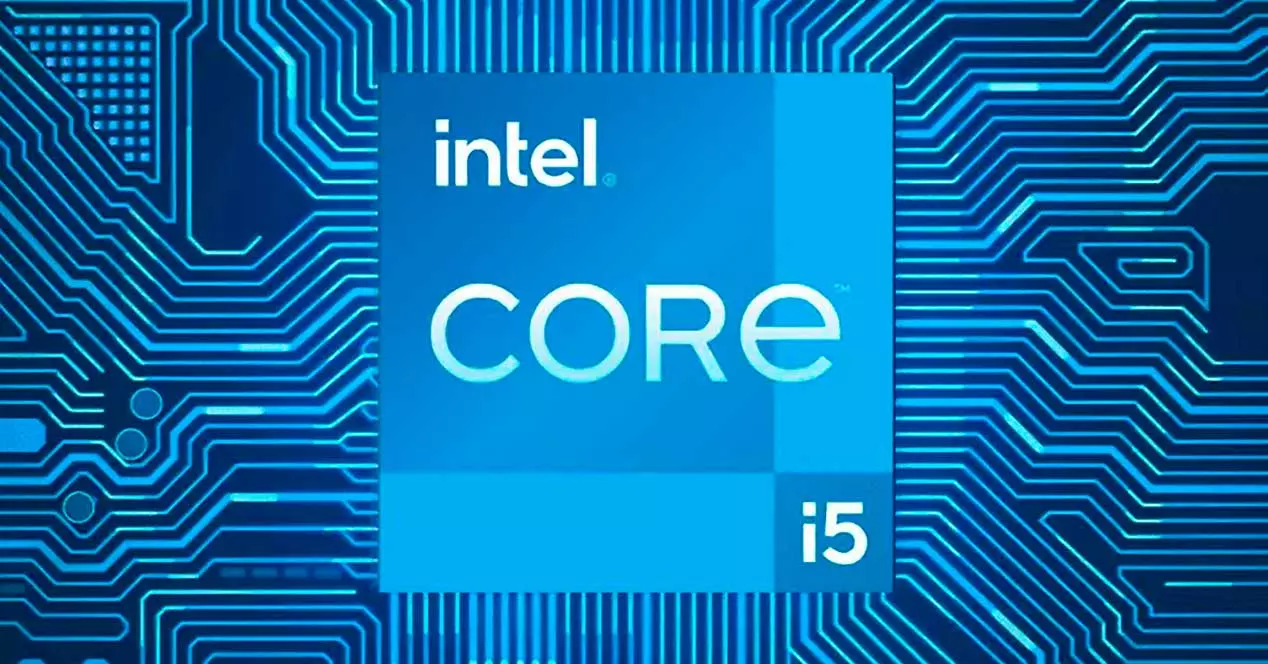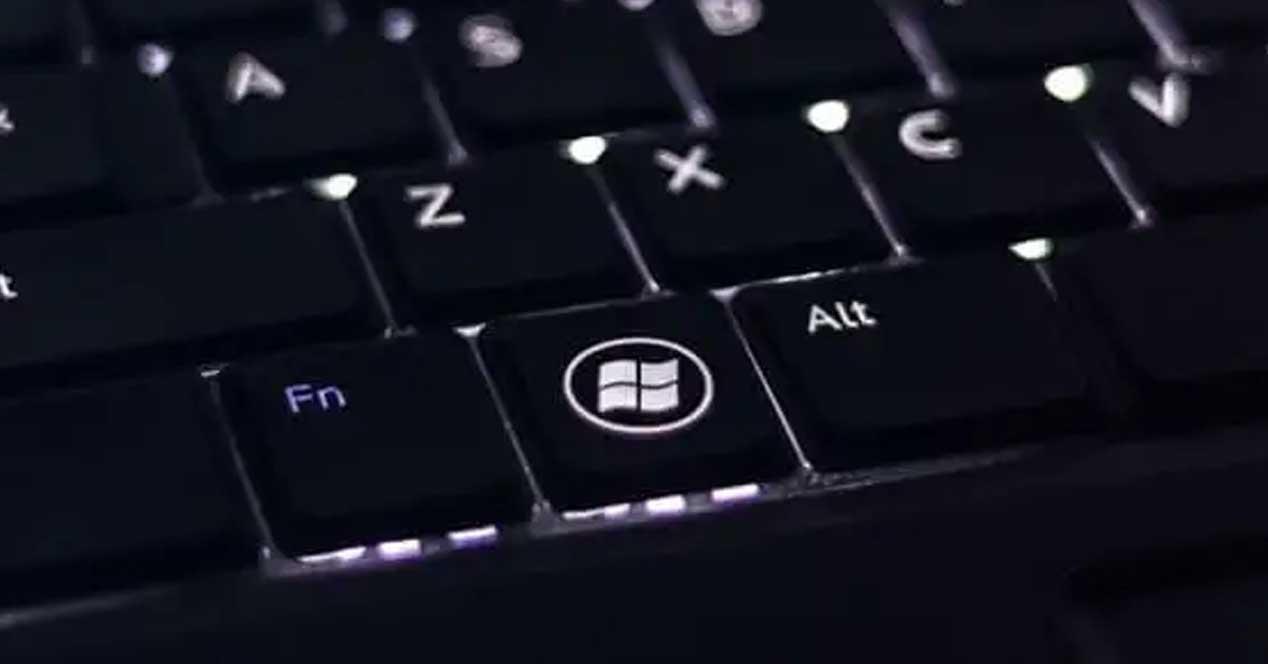
If you didn’t know, these days CES 2023 is being held in Las Vegas, the first technology event of the year. This event serves, for some, to present new products and see the trends of this year. By surprise, Intel has introduced a new family of processors and has said that ends Pentium and Celeron processors.
It is possible that they do not sound like much to you, since both families had been left for the basic range. The Intel Celerons were first launched in April 1998, while the first Pentium was launched in 1993. A lot has happened since then and a lot has changed for the company, which has decided to withdraw them.
A minute of silence for these mythical processors
Times change and in these almost 30 years, there are many things that have changed. From being the cornerstone of the company, it has stayed in a corner in the basement. Both families of processors had a testimonial paperstaying as very basic processors.
Now, the Intel Pentium and Celeron processors will cease to exist, they retire. The company has created a new range of very basic range processors. Specifically, in Las Vegas, Intel has presented The Processor Ntheir new most basic processors. These are the six presented to date:
- Processor N100– Features 4 cores and 4 threads with a maximum Boost frequency of 3.4 GHz and a TDP of 6 W, as well as Core UHD discrete graphics
- Processor N200: Features 4 cores and 4 threads with a maximum Boost frequency of 3.7 GHz and a TDP of 6 W, as well as Core UHD discrete graphics
- Processor N50: Features 2 cores and 2 threads with a single base frequency of 1.0 GHz and a Boost frequency of 3.4 GHz and a TDP of 6 W, as well as Core UHD discrete graphics
- Processor N97– Features 4 cores and 4 threads with a single base frequency of 2.0 GHz and a Boost frequency of 3.6 GHz and a TDP of 12 W, as well as Core UHD discrete graphics
- Core i3-N305: Features 8 cores and 8 threads with a maximum Boost frequency of 3.8 GHz and a TDP of 9 W, as well as Core UHD discrete graphics
- Core i3-N300: Features 8 cores and 8 threads with a maximum Boost frequency of 3.8 GHz and a TDP of 7 W, as well as Core UHD discrete graphics
All these processors are within the “Mobile” product range, so they are for laptops. Processors may be more associated with Chromebooks and Core i3-Ns with entry-level laptops.
Low end, secondary to Intel
Intel’s catalog needs to be broad, to cover all the needs in the market. But, the low range has ceased to be important for the company. Competition from ARM in Chromebooks and other low-power systems is very strong and Intel, these processors do not bring much.
They are focusing on the Core i5 and above, which are the ones that really leave room. The truth is that the Core i5 and Core i7 are highly demanded products due to their good quality/price ratio. This causes a “barrier” to be generated that downplays other processors in the company.




